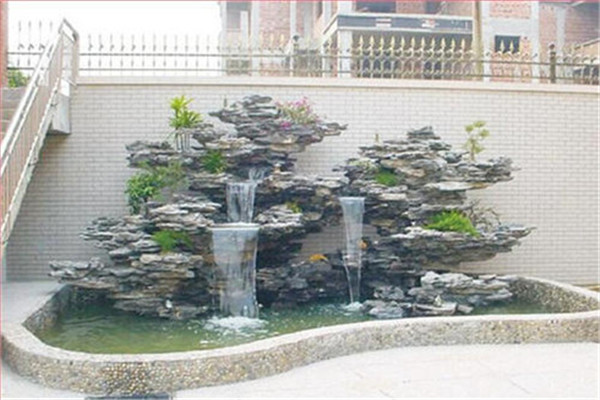
Among Chinese stone animal carvings, stone lion carvings have a unique style and can be produced in countless quantities. They are widely used for decoration, such as the stone lion carvings on both sides of the gates of imperial palaces, houses, government offices, temple shaped tombs, modern large-scale commercial buildings, hotels and restaurants, and the stone lion decorative carvings on bridges, monuments and workshops. The body shape of stone lions varies in various ways, such as standing, squatting, lying, and so on, with various shapes and often regional differences. The stone lions are carved from a wide range of materials, mostly sandstone, marble and granite. There are many kinds of stone carvings, such as cliff paintings, natural colored stone paintings, inlaid stone murals and stone screen carvings; Stone carvings of famous inkstones such as Duanxiyu, Lu, Taohe, Songhua, Temple of Heaven (or Pangu) and Helan; Paperweights, stationery stone carvings; Tea sets, wine sets, smoke stone sets, lamps and lanterns, table, chair, stool, tea table and other daily necessities, such as craft stone carvings, which are large in number and well made; Inkstone carvings and other unique styles have become a wonderful flower of Chinese stone culture: inlaid stone murals are a new masterpiece of contemporary stone carving art. The colorful stone landscape carvings in the hall on the first floor of the Central Television Tower, completed by Nu Skin, are magnificent and amazing.
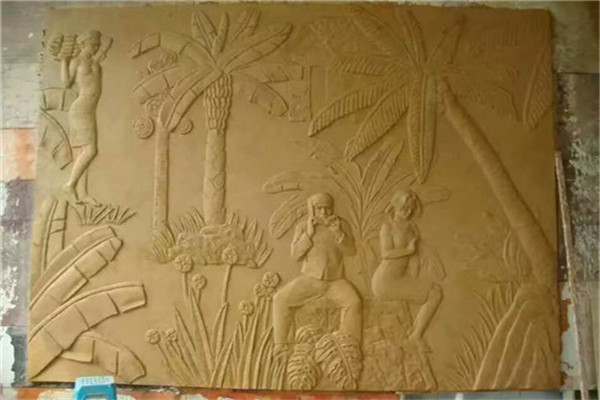
The types of stone inscription monuments include monuments, memorial monuments, merit monuments, temple monuments, Dianzi monuments, mausoleum monuments, etc. Except for a few wordless steles, they are generally literal steles. Usually, characters are carved on the body of the stele, and some are accompanied by carved patterns. The pedestal and cover of the stele are mostly carved with decorations, birds, animals, flowers, and mascots. The cover of the stele of the imperial family is also carved with dragons and phoenixes. Marble is the most commonly used stone for making the stele, and sandstone and granite are also commonly used. Some of the steles are huge, and some of them become a group of steles. Stone books are written with stone instead of paper, and carved instead of pen, which is very ingenious. There are many famous works of stone tablet processing and stone calligraphy carving. For example, "Xi'an Forest of Steles" includes more than 3000 historical steles from Han Dynasty to Qing Dynasty. It is the largest collection of stone books in China. Together with the "Forest of Steles in Hanlin" under construction in Kaifeng, it can be said that it is a sea of steles, and it is a collection of calligraphies of regular script, line, grass, seal script, clerical script and Wei style by famous calligraphers of all ages. In addition to large-scale carvings such as stele books and cliff carvings, there are also some stone carvings, such as mourning volumes in imperial tombs and modern fine carved small stone books, such as more than 100 mourning volumes of white marble excavated in the tomb of the prince of the Tang Dynasty, and six stone books of "Thirty six Strategies" carved in tile slate in modern Chengdu, a total of 26 pages and 1278 words, bound into a volume with eyeliner, each page is 2.2.6mm, which can be read.
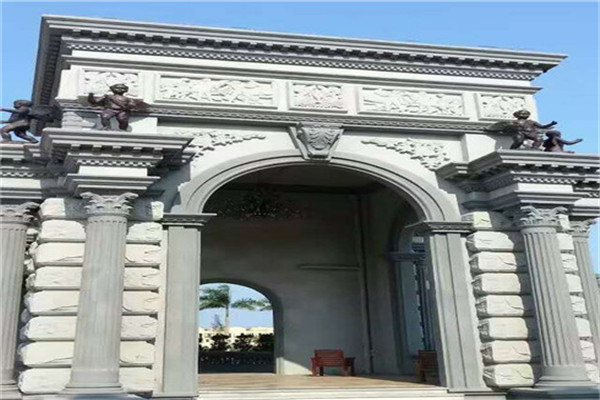
The art of carving various patterns and images on stones, usually also refers to sculpture handicrafts carved from stones. Chinese stone carving can be divided into bluestone carving, marble carving, white marble carving, talc carving, black crystal carving, colored stone carving, pebble carving, etc. Hui'an, Fujian, is famous for its bluestone carvings for architectural decoration and stone lions, among which the mouth of the stone lion contains stone beads that roll freely, and is famous in Southeast Asia. The marble carving in Yunnan is made from the marble of Diancang Mountain. Its patterns are like colored mountains and rivers, or dangerous peaks and valleys, or waterfalls follow the clouds. The inlaid furniture is unique. White marble carvings in Quyang, Hebei, Fangshan, Beijing and other places were mainly used for palace architectural decoration in the Ming and Qing dynasties, such as Huabiao, stone lions, railings, etc; Modern times are used for decoration of public and memorial buildings, such as the Great Hall of the People, the Monument to the People's Heroes, Chairman Mao's Memorial Hall, etc. Talc carvings in Haicheng, Liaoning Province and Laizhou, Shandong Province use small and cute animals as traditional varieties. The carvings of black crystal stone in Dongkou, Hunan and Lichuan, Hubei are dark and bright. Caishi carving is mainly produced in Qingtian, Zhejiang, Shoushan, Fuzhou and Liuyang, Hunan. Pebble carvings are mainly produced in Lanzhou, Shenyang and other places. Stone carving techniques include intaglio (contour carving), shadow carving, relief, round carving (complete three-dimensional carving without any background), and openwork (also known as openwork). Shadow carving is a unique technique of Fujian Hui'an bluestone carving. It uses steel drills of different sizes to chisel on the bluestone, and uses the size, depth and density of the drill points to express the images of landscapes, birds, animals, people, flowers, etc.
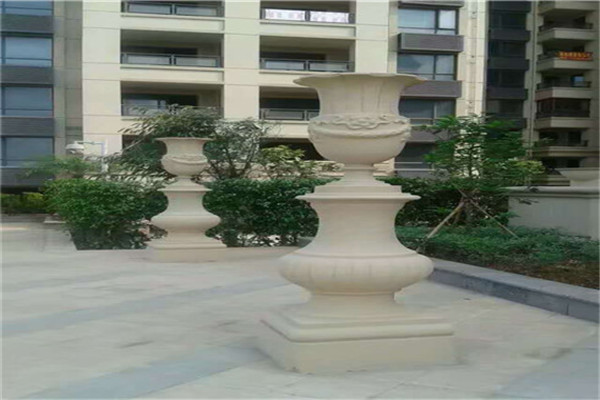
Micro carving is a kind of carving technique that is good at small and fine. Chinese micro sculpture has a long history. Miniature carvings appeared in oracle bone inscriptions as far back as the Shang Dynasty. During the Warring States Period, the seal was as small as millet, but the seal was divided into white and black. Wang Shuyuan's Nuclear Boat Story, which is widely known, is also a classic work of micro sculpture in Chinese history. The art of seal cutting is the basis for the emergence and development of micro carving art. Since the Ming and Qing Dynasties, many literati and scholars have used iron pen to write and paint in the seal, to express their interest and entertain themselves. After Shoushan Stone became the seal material, the micro carving art of Shoushan Stone began to appear. At the beginning of the Qing Dynasty, Yang Xuan and Diaobin both carved small characters in the remote patterns of Shoushan stone carvings. Lin Qingqing, a master of "Ximen Boyi School" carving, also often wrote his name and date of production in the grass and stone crevices of the carved works with extremely fine pen. Later, some people carved ancient poems with extremely fine characters on the four sides of the square pillars of the seal as margin. In the 1960s, with the application of advanced scientific instruments such as magnifiers in the field of micro sculpture, micro sculpture art became a new and unique art. The words carved in the works are smaller and smaller, and the content is more and more. Microcarvings pay special attention to the selection of materials. The texture of the Hainan EPS component stone is required to be absolutely pure, and there should be no sand grid and half silk cracks, because half of the sand dot may be engraved with more than 10 Chinese characters. Secondly, the micro carving knife is also a special thin knife, which should be sharp and sharp. Third, it is necessary to have a particularly proficient knowledge of calligraphy and traditional Chinese painting. When carving, you can carry out "free engraving". Fourth, hold your breath and concentrate on your thoughts on the spot. Fifth, the knife should be handled steadily, accurately and ruthlessly. Only in this way can calligraphy and knife technique be perfectly unified. The art of micro sculpture is "art in micro". The more subtle it is, the more refined its kungfu is, and the higher its value is. Microcarving is also an art that pays great attention to the picture and organization, which is "intended to be refined". The sculptor of micro sculpture should first have a deep knowledge of calligraphy and painting. Although the micro sculpture is too small to be recognized with the naked eye, it is still very exquisite under the magnifying glass, such as large calligraphy works.
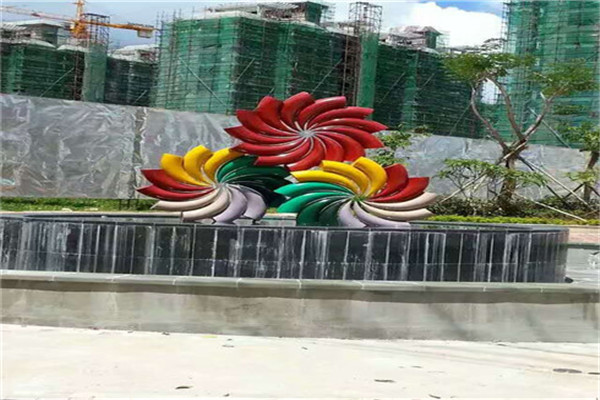
Lacquer carving is a traditional handicraft in China, also called red carving. Its technique began in the Tang Dynasty, and its process is extremely complex. Paint, tire The process of polishing and polishing is complicated and takes a long time, so large lacquer carvings are also extremely expensive, Qionghai Sculpture customization In ancient times, it has always been the furnishings of royal families and nobles. Lacquer carving is a technique to carve patterns on stacked flat lacquer bodies. It was introduced into Beijing during the Yuan and Ming Dynasties. Through the painstaking research of lacquer carving artists, the lacquer carving technique has gradually become perfect and mature, and lacquerware has become a handicraft with Beijing characteristics. Beijing lacquer carving is as famous as Hunan Hunan embroidery and Jiangxi Jingdezhen porcelain, and has been known as the "Three Professors of Chinese Arts and Crafts" for many years, Sculpture customization Price Lacquer carving is favored by lacquer carving art lovers at home and abroad for its unique craft, exquisite and beautiful shape without losing a sense of solemnity.





